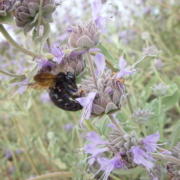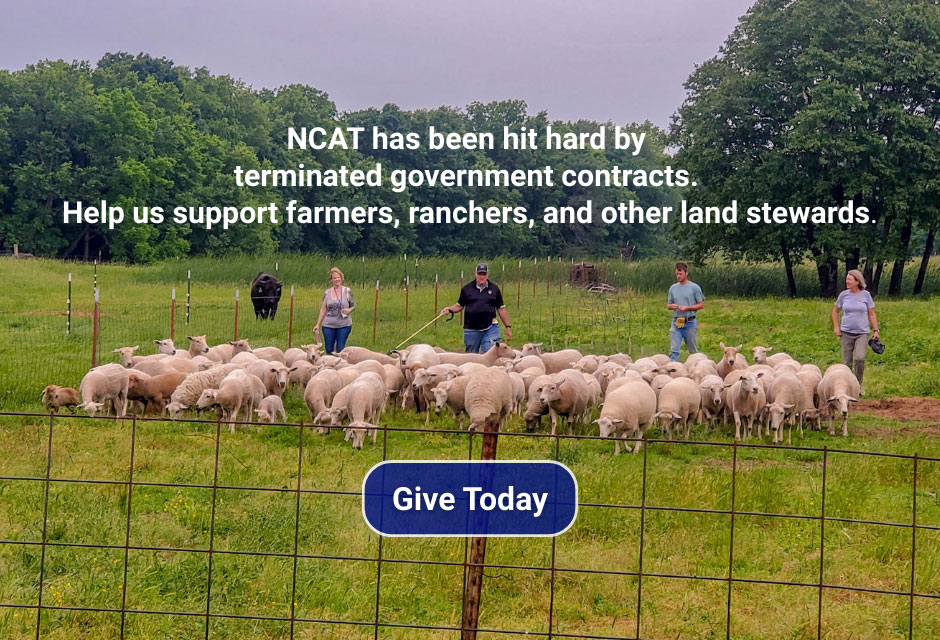European Research Identifies Optimal Agricultural Landscapes for Wild Bee Habitat
Research from the Universities of Göttingen and Halle, published in the Journal of Applied Ecology, showed that combining specific agricultural and environmental measures at the landscape level improves habitat for wild bees. Findings show that organic farming combined with multi-year natural habitats – such as meadows planted with long-lasting, perennial plants – is particularly effective for wild bees other than bumblebees. These two types of habitats together support significantly more wild bees than either does on its own, because the areas complement each other by providing different food sources and nesting sites over longer periods of time. Bumblebees, on the other hand, benefit from both organic farming areas and near-natural habitats, regardless of whether the two occur together in the landscape or not. A less successful combination, however, is organic farmland paired with areas filled with plants that flower annually. “Our findings show that a well-designed mix of habitat types is key. When areas complement each other in terms of food and nesting resources, they can support a wider range of wild bee species,” explains Kathrin Czechofsky, PhD researcher in Functional Agrobiodiversity and Agroecology at the University of Göttingen.
Related ATTRA publication: Alternative Pollinators: Native Bees


 USDA photo by Scott Bauer.
USDA photo by Scott Bauer.
